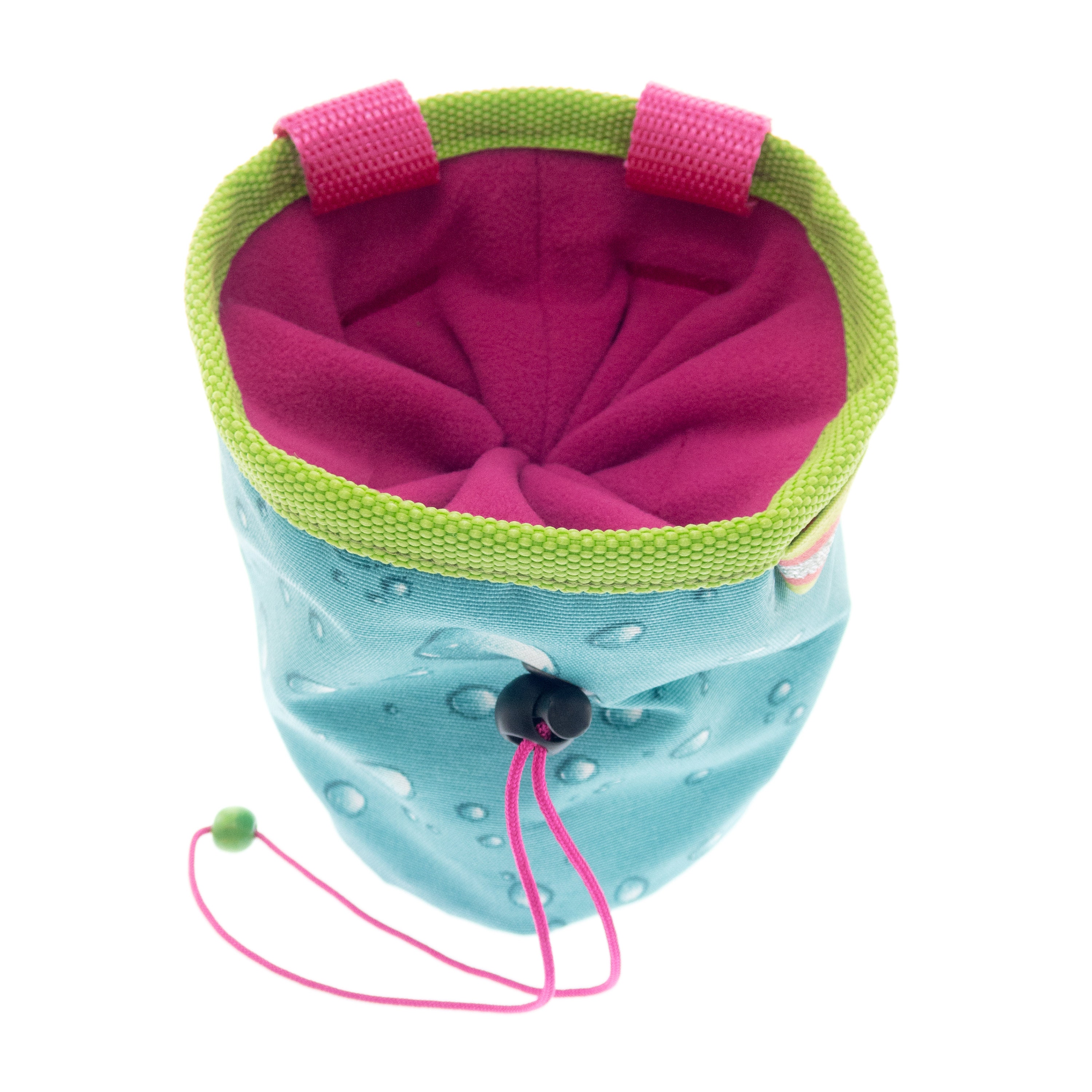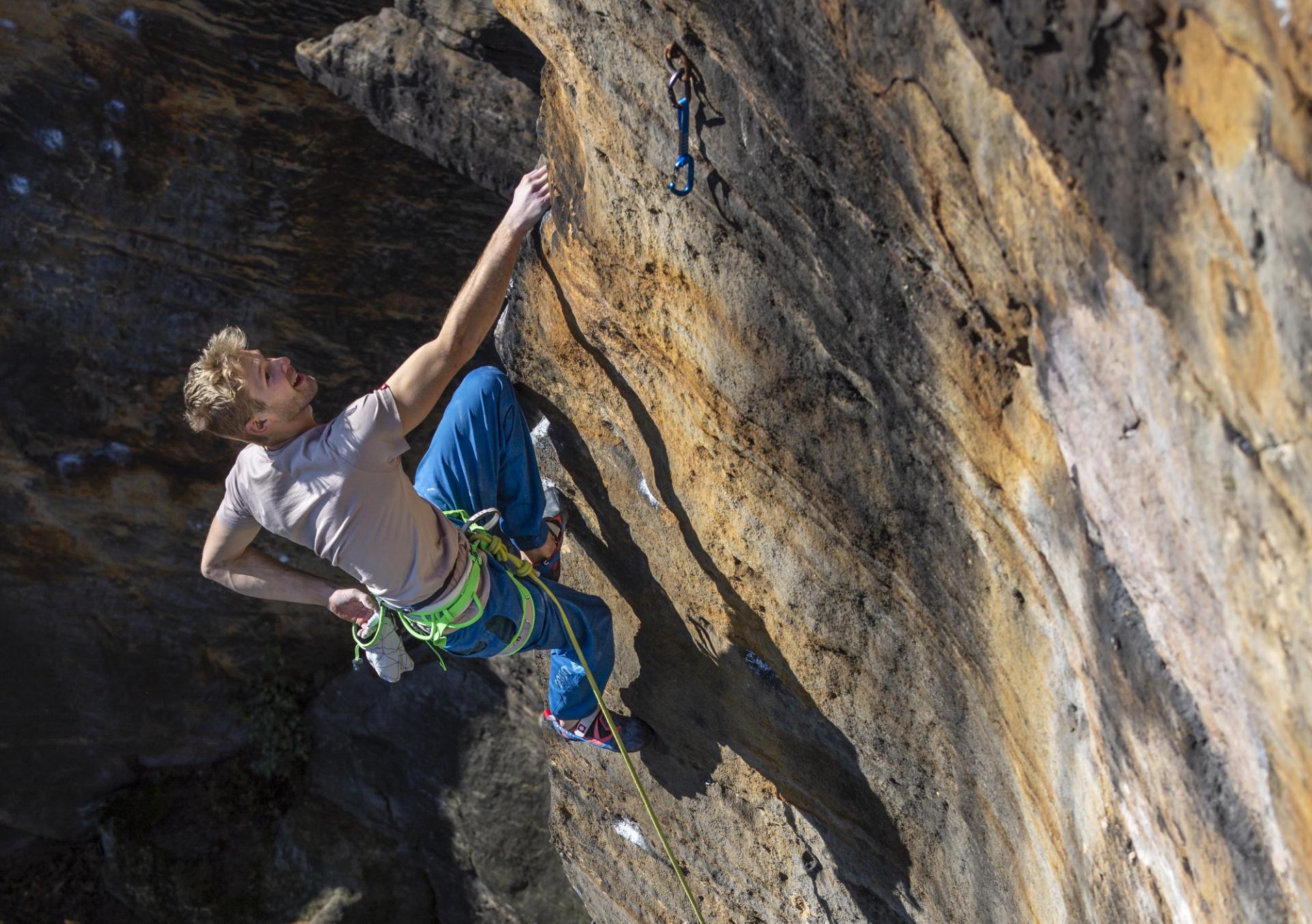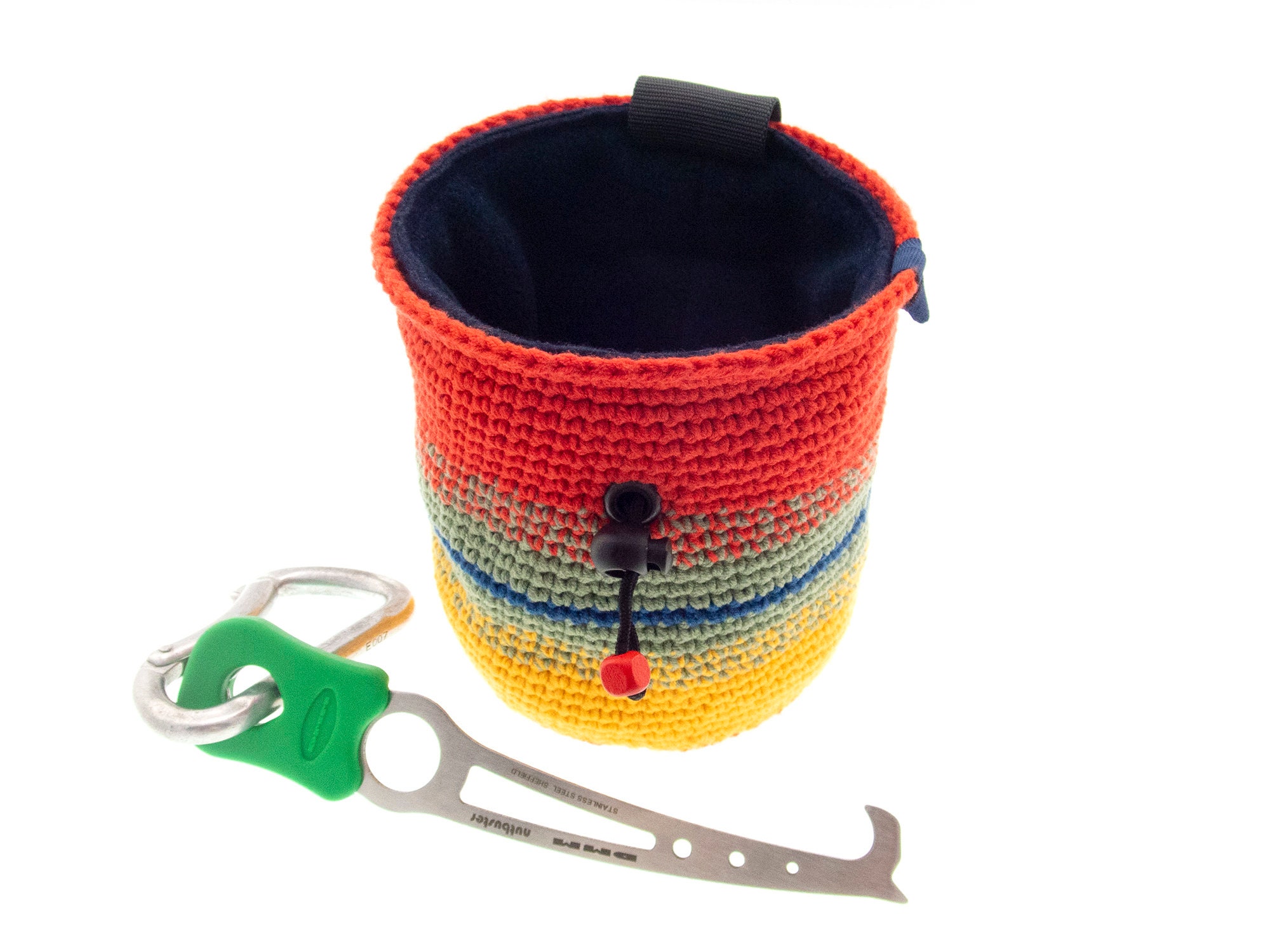
If you have a small chalk pot, put the fingers of one or both hands inside, get some chalk on your fingers, then pull them out and either rub both hands together or, if you’re mid-climb, rub your fingers together. Try not to make a mess by pulling out too much chalk that isn’t already rubbed into your hands. Prior to a climb, if you have a large chalk bag/bucket, put one or both hands in the bag, grab some chalk, spread it from your palm to your fingertips, then let the excess pour back into the bag and pull your hands out. We’ll discuss chalk bag specifics in another post, but it’s basically just somewhere to hold your chalk. Instead of a lotion that you squirt, Secret Stuff has the feel of a nice facial cream and is also MUCH higher quality Magnesium Carbonate than other liquid chalks.Ĭlimbers store chalk in a chalk bag.
#Climbing chalk skin
The disadvantage is that the alcohol can dry out your skin too much and you also have less control over the amount of chalk on your hands at any given time.Īt FrictionLabs, we have our own take on liquid chalk - Secret Stuff. Compared to block and loose chalk, the advantage of liquid chalk is that it is easy to apply, cleaner, and sometimes longer lasting.

The alcohol dries quickly, leaving behind a chalk residue covering your hands. You squirt it onto your hands and spread it around like lotion. Liquid chalk is Magnesium Carbonate mixed with alcohol. Some people also don’t like the feeling of chalk balls and say it’s like rubbing a sock on their hands. The downside is that you have less control over the texture, and it might be too fine for your taste. Compared to block chalk, the advantage of loose chalk is that you just put it in your chalk bag and don’t have to worry about breaking it up. Sometimes loose chalk will be sold on its own and other times it will be put into a chalk ball, which is a soft, porous mesh ball designed to hold the chalk, prevent it from spilling, and limit the amount you get on your hands. They’re all chemically the same (and excellent) - which one you use just depends on your personal texture preference. At FrictionLabs, we offer our chalk in three distinct blends. It ranges from hardly broken up and chunky to a fine powder. Loose chalk is block chalk that has already been broken up. To use it, you break it apart as much as you want-a common method is to put the block in a chalk bag and step on it until it breaks apart to the desired size. Which one you use is a matter of personal preference.īlock chalk is a compressed, solid chunk of Magnesium Carbonate. Though it is sometimes available in other colors, it’s usually white.Ĭlimbing chalk commonly comes in a few different forms: block, loose, or liquid. This is the same compound that gymnasts, weightlifters, and other athletes will put on their hands in order to improve friction and grip.

Most climbing chalk you’ll find is made from Magnesium Carbonate. As a result, climbers use chalk to dry sweat and other moisture on their hands, increasing friction and improving their grip on the holds.


For rock climbers though, just a bit of moisture on your hands can be the difference between success and failure. And it usually sits on your skin until something removes it.įor some athletes, this extra moisture doesn’t significantly affect their performance. All day long it’s generating and secreting sweat, oils, and other sources of moisture, much of which gets pushed out of your pores and onto the surface of your skin. In case you haven’t noticed, your body is a moisture-emitting machine.


 0 kommentar(er)
0 kommentar(er)
